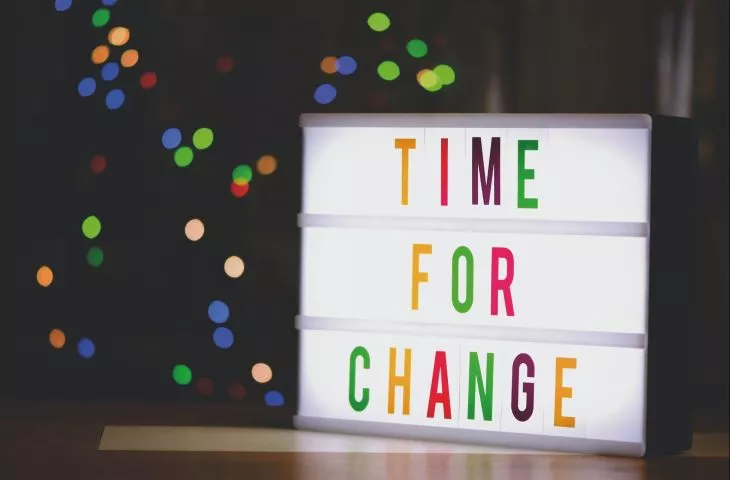social design
Papanek gives many examples of socially conscious projects that solve authentic problems (the author's own ideas, graduate students and collaborators). How to promote development and provide a roof over the heads of people in developing countries? - By designing a simple brick-making machine with a mold and a lever. How to protect children from the complications of drug overdose? - By designing medicine containers, or other mechanisms to secure medicine cabinets that will not be able to be opened by children, but accessible to the elderly, blind or arthritic. Finally, there's an example of a radio receiver designed for the Third World, and underestimated by his colleagues because of its negligible aesthetic value, but nevertheless the only source of information for local communities. Papanek not only inspires, but also teaches how to be a responsible designer, how to use nature and its mechanisms, how and with whom to collaborate to create wisely and democratically. He also writes about design schools, the need to educate versatile, open-minded and sensitive designers who will focus on integrated rather than commercial design.
environment according to Papanek
The designer's keen eye couldn't help but notice important environmental issues as well. Papanek outlines the situation of the climate crisis, which began to be discussed in the 1980s, forecasting very similar scenarios to those presented today. Moreover, as the author notes, the planet's pollution is caused by our own human activities. What is his answer to these problems? Design! Cars, for example, are eligible for redesign: the way they are powered, the accompanying urban infrastructure, and the redefinition of transportation modes and systems. Other living spaces are needed: instead of urban storage areas - places of the right scale with access to amenities and surrounded by greenery. Good examples, according to Papanek, are the Suntop Homes designed by Frank Lloyd Wright and the Tapiola estate in Finland.
Samisen chairs, 1952-1956
© Museu del Disseny de Barcelona
The challenges posed by agriculture and food storage and management, the production of unnecessary gadgets and the overwhelming amount of them.... The list of real needs of people and the environment is long and still not even a small percentage exhausted. Can we still believe that designers will make the world a better place? Hindsight shows how little is changing, but still.... doesn't jointly improving the world where it's really needed sound tempting?
This year's Poznań Design Festival [info], to be held in late September and early October, will deal precisely with social design - so be inspired.














